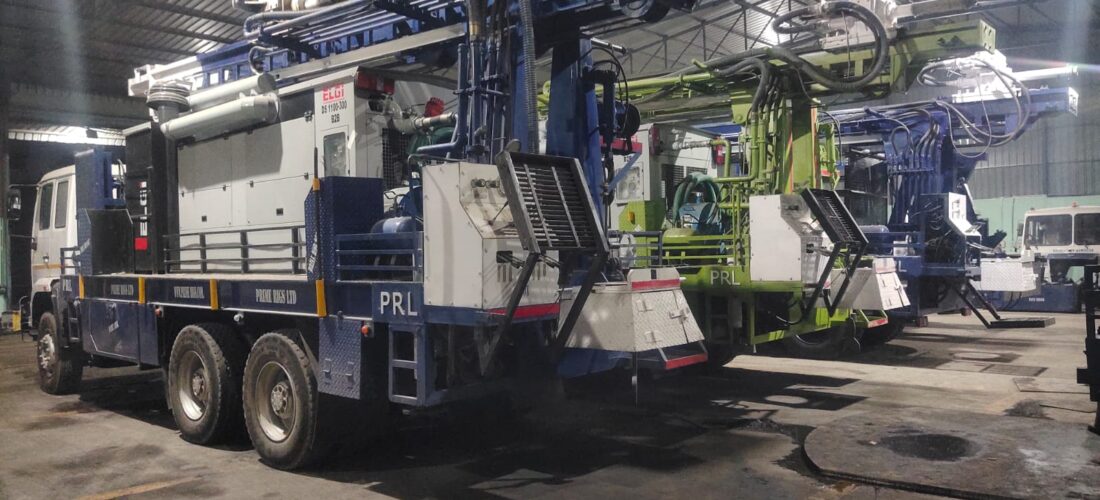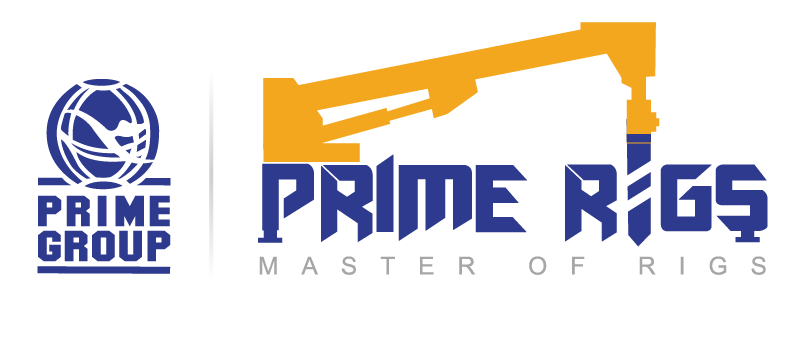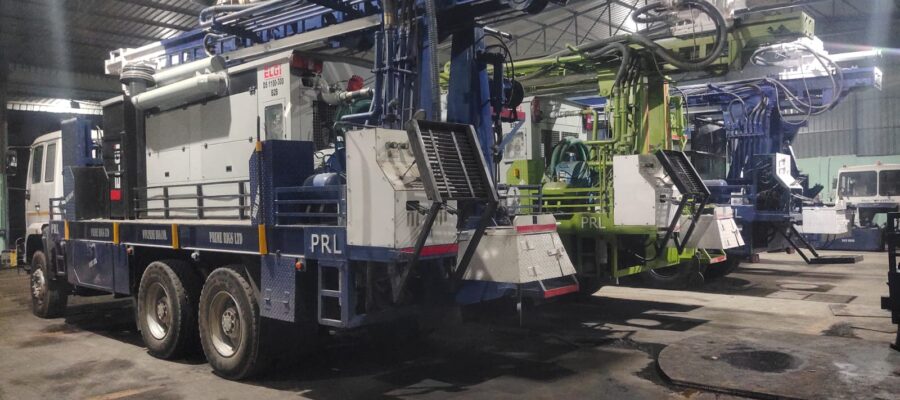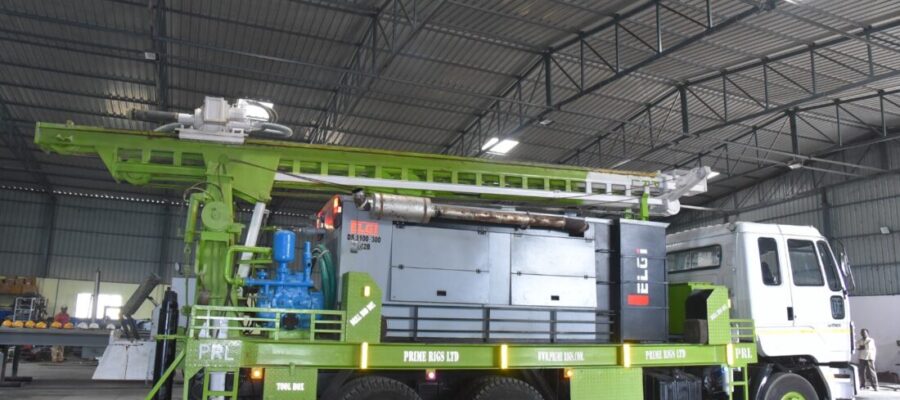
Purchasing a refurbished well drilling rig is a major investment that requires careful consideration. With so many options available, it can be difficult to determine which rig is best suited to meet your specific needs and budget. This article will provide guidance on key factors to evaluate when selecting a refurbished well drilling rig, including intended use, drilling depth requirements, power source, mast type, and additional features. By understanding your needs and doing thorough research, you can ensure the rig you choose will perform reliably for many years.
Evaluate Intended Use
The first step is to clearly define how the rig will be used. Will it be for water wells, oil/gas exploration, geothermal, environmental monitoring, or another application? Consider factors like the types of formations you expect to drill through and the diameter of holes needed. Water wells may require different capabilities than deeper exploration wells. Know the local geology to help determine the appropriate rig specifications.
-
Consider Maximum Drilling Depth
Drilling depth capacity is another essential specification, as it dictates the maximum depth the rig can drill to. Depth ratings can range from a few hundred feet for shallow water wells up to several thousand feet for deeper resource exploration. Evaluate your maximum anticipated drilling needs, both currently and for potential future projects, when selecting a rig’s depth rating. A rig lacking sufficient depth capacity may require expensive upgrades later on.
-
Choose the Right Power Source
Well drilling rigs can be powered by diesel, electric, or hydraulic systems. Diesel is common for mobility but may face emissions regulations. Electricity offers quiet operation but requires a power source. Hydraulic runs cleanly but can lack mobility. Consider factors like your power access, noise limitations, and need for transport between job sites when selecting the optimal power source. Hybrid systems combining power sources are also available.
-
Evaluate Mast Types
The mast is the towering vertical structure that raises and lowers the drill pipe and tools. Common mast types include slip, Kelly, and hydraulic crawler. Slip and Kelly masts provide height but lack mobility. Crawler masts can move between drill sites but have lower maximum heights. Choose a mast design that matches your terrain, mobility needs, and required drilling depth. Additional options like folding masts aid transport.
-
Inspect Additional Features
Beyond the basics, consider value-added features that enhance capabilities and user experience. Upgrades like digital readouts, automatic pipe handlers, mud systems, casing equipment, and drill tool packages can improve efficiency and performance for complex jobs. Examine features like onboard generators and tooling, which aid remote and off-grid work. Inspect optional upgrades thoroughly to determine their value for your operations.
Conclusion
With diligent research tailored to your specific needs, you can select the right refurbished water well rigs within your budget. Clearly defining requirements, drilling depth, power needs, and desired features provides the information to evaluate available options. Inspect rigs thoroughly and seek user reviews when making a final decision. With the right rig, you will have a productive and reliable drilling partner for all your current and future water access and exploration projects.
Recent Post
- Frequent Used: Heavy Construction Equipment and Instruments
- What Type of Water Drilling Should You Choose?
- How To Choose The Perfect Drilling Rig To Buy?
- Tips For Selecting the Right Drilling Rig According to Your Need
- Water Well Drilling: Numerous Advantages
- How To Find Affordable And Reliable Water Well Drilling Rigs For Sale?
- Everything You Need to Know About Water Construction Rigs
- Water Drilling Rigs: Know The Different Types
- Refurbished Borehole Drilling Machine: Is It Worth The Purchase?
- Safety for the Construction Industry: Why Does it Matter?
- Milling Or Drilling: Which Is The Right Process To Choose?
- Choosing A Construction Truck Rigs Supplier Keeping Perfection In Mind
- Factors That Can Help You Select The Best Water Well Drilling Rig
- What Makes Drilling Rigs Different From Milling Rigs?
- Water Well Drilling Rig: All You Need to Know About It
- Do’s and Don’ts of Choosing the Right Rigs
- Underground Drilling Rigs: Features That Make Them Unique And Most Recommended
- What are construction drilling rigs? Why do companies need them?
- How do drilling companies help you with core drilling exploration?
- Key Features and Benefits of Drilling Machines in the Construction Industry
- Exploring the Advantages of Portable Borewell Drilling Technology
- How to Choose the Right Drilling Rig for Your Needs
- Reasons to Invest in Absolute Guide for Rotary Drilling
- Selecting the Ideal Drilling Rig: Ensuring Safety, Efficiency and Cost-Effectiveness





